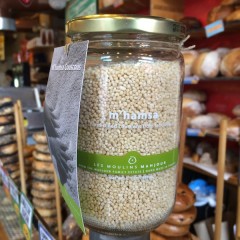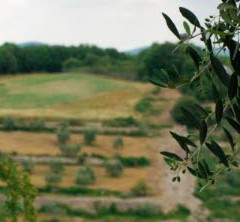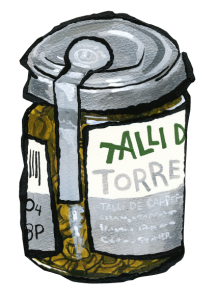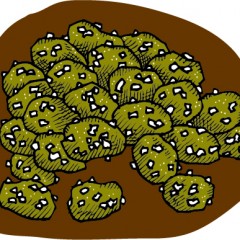
Couscous from Tunisia
Val from Zingerman’s Mail Order sings the praises of couscous from Les Moulin Mahjoub.
Read more »
Val from Zingerman’s Mail Order sings the praises of couscous from Les Moulin Mahjoub.
Read more »
It was a tough year for olives, but Zingerman’s Mail Order has got you covered.
Read more »
Val from Zingerman’s Mail Order talks about her caper-filled trip to Pantelleria, Italy.
Read more »
Val from Zingerman’s Mail Order talks about her caper-filled trip to Pantelleria, Italy.
Read more »
Zingerman’s Art for Sale